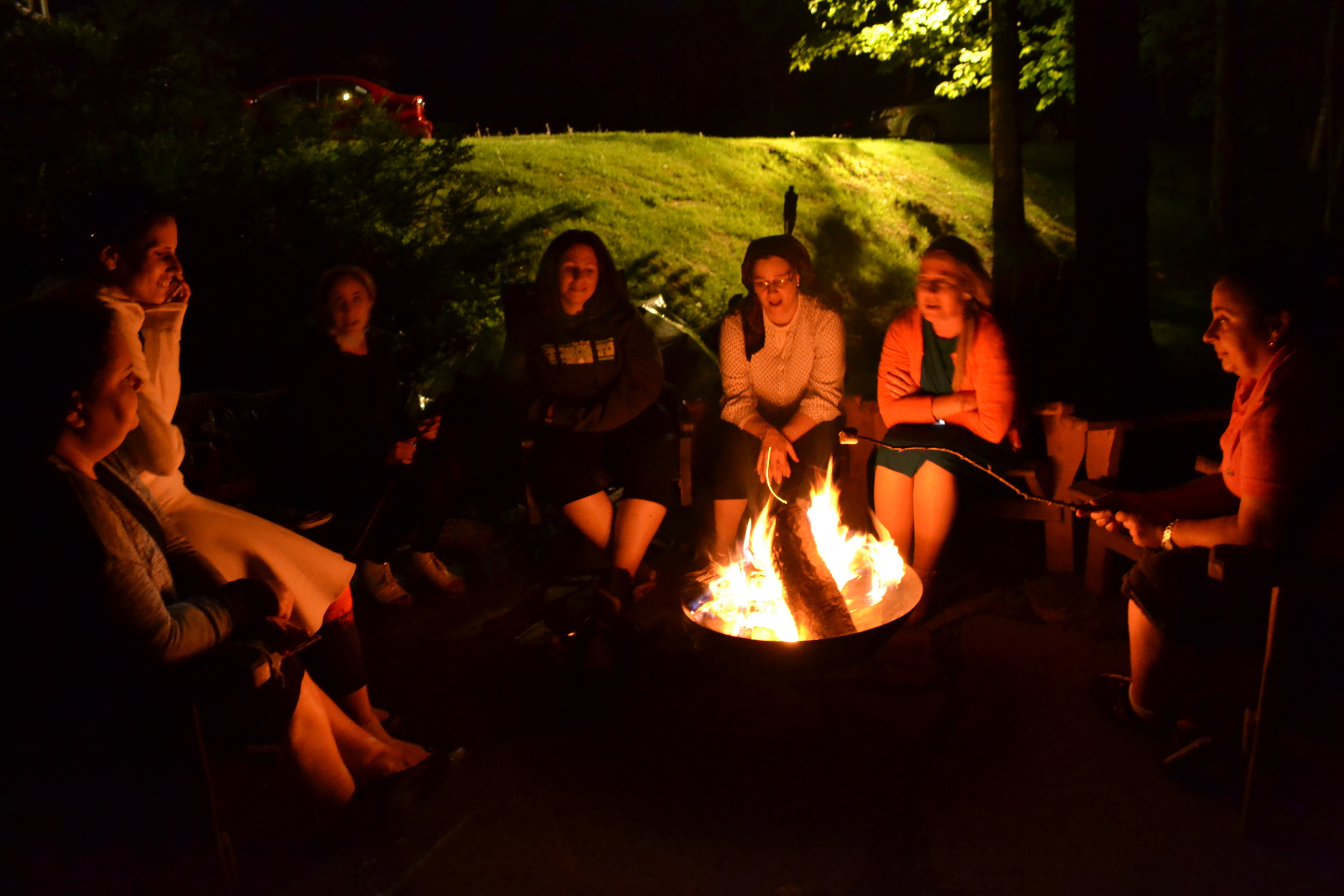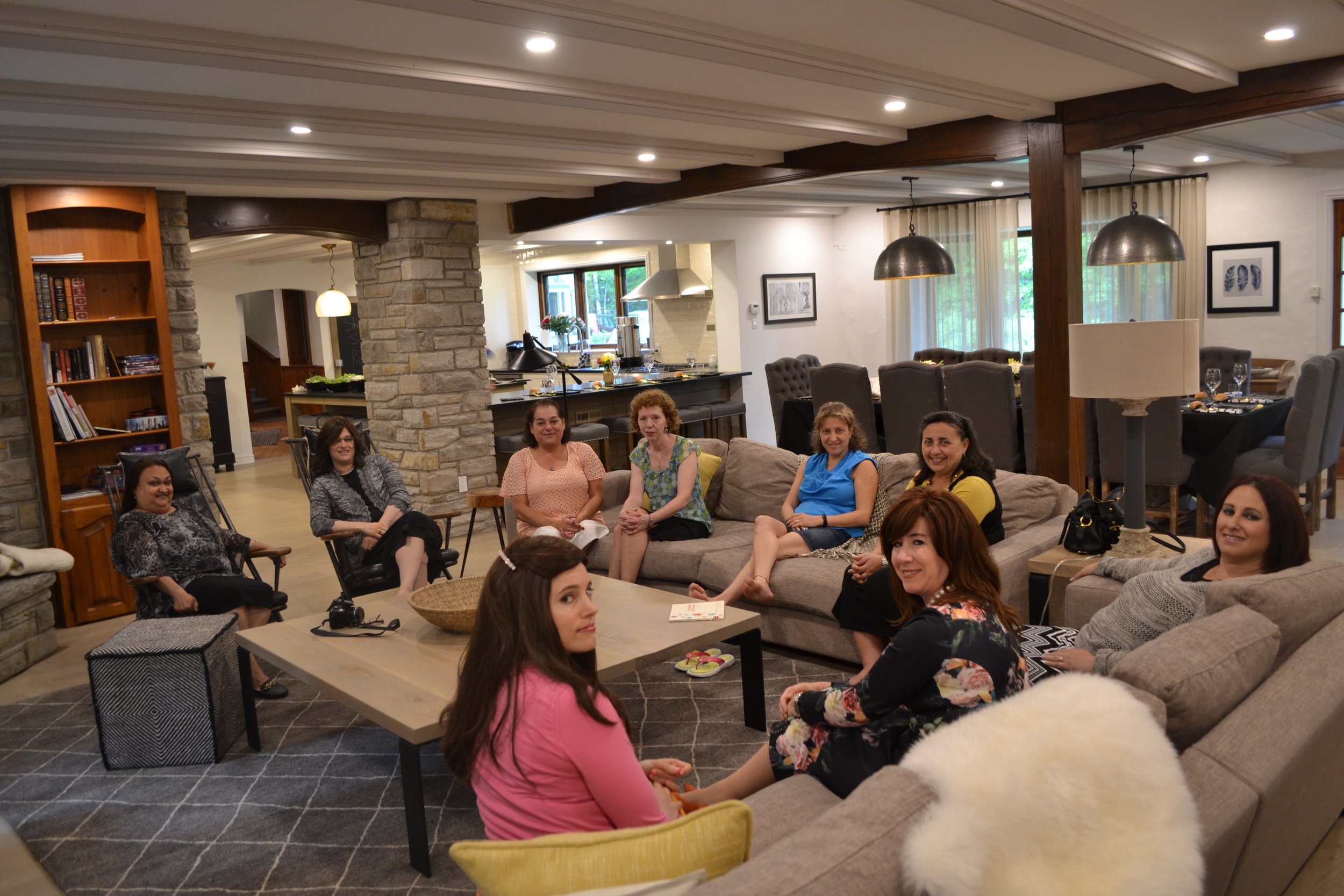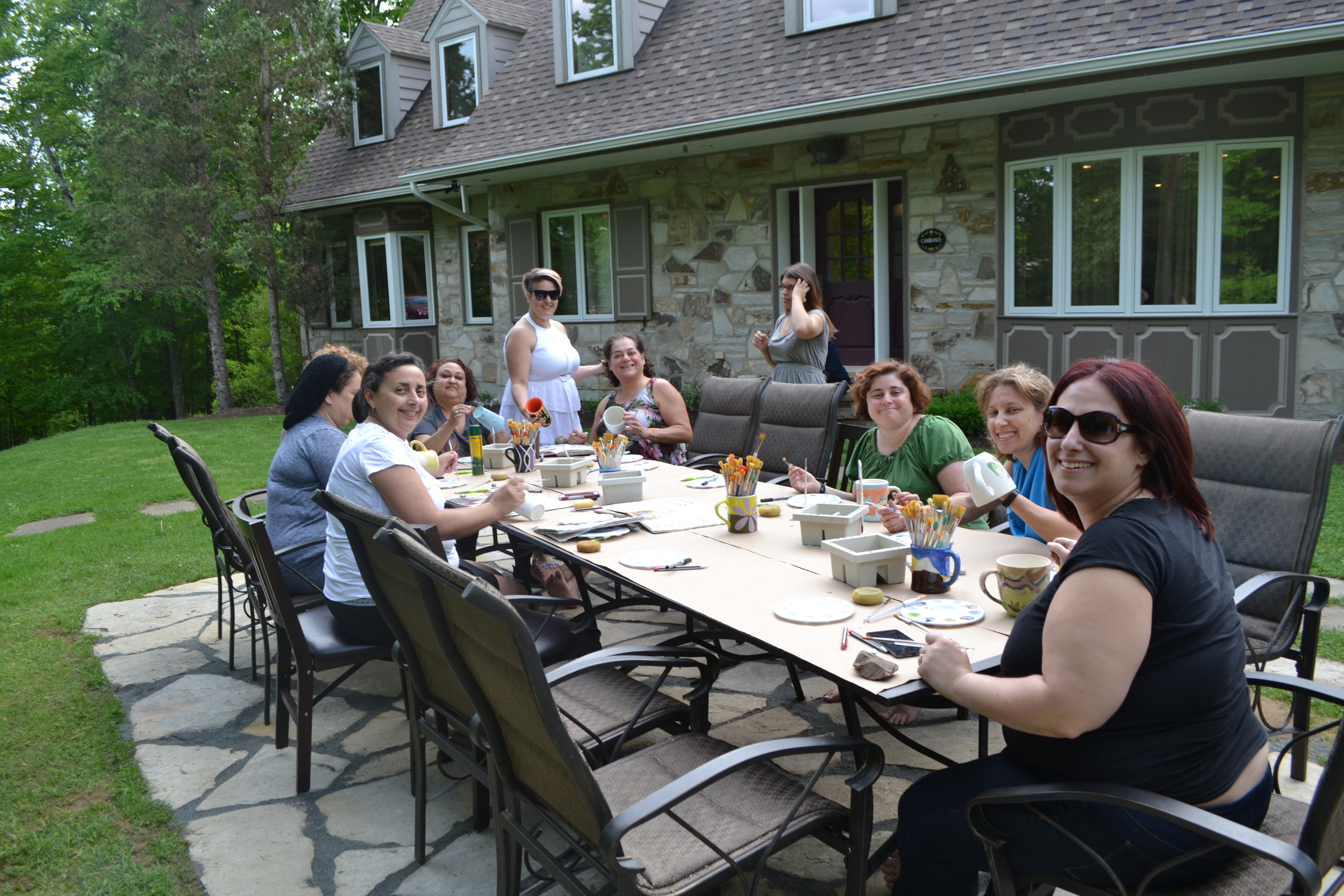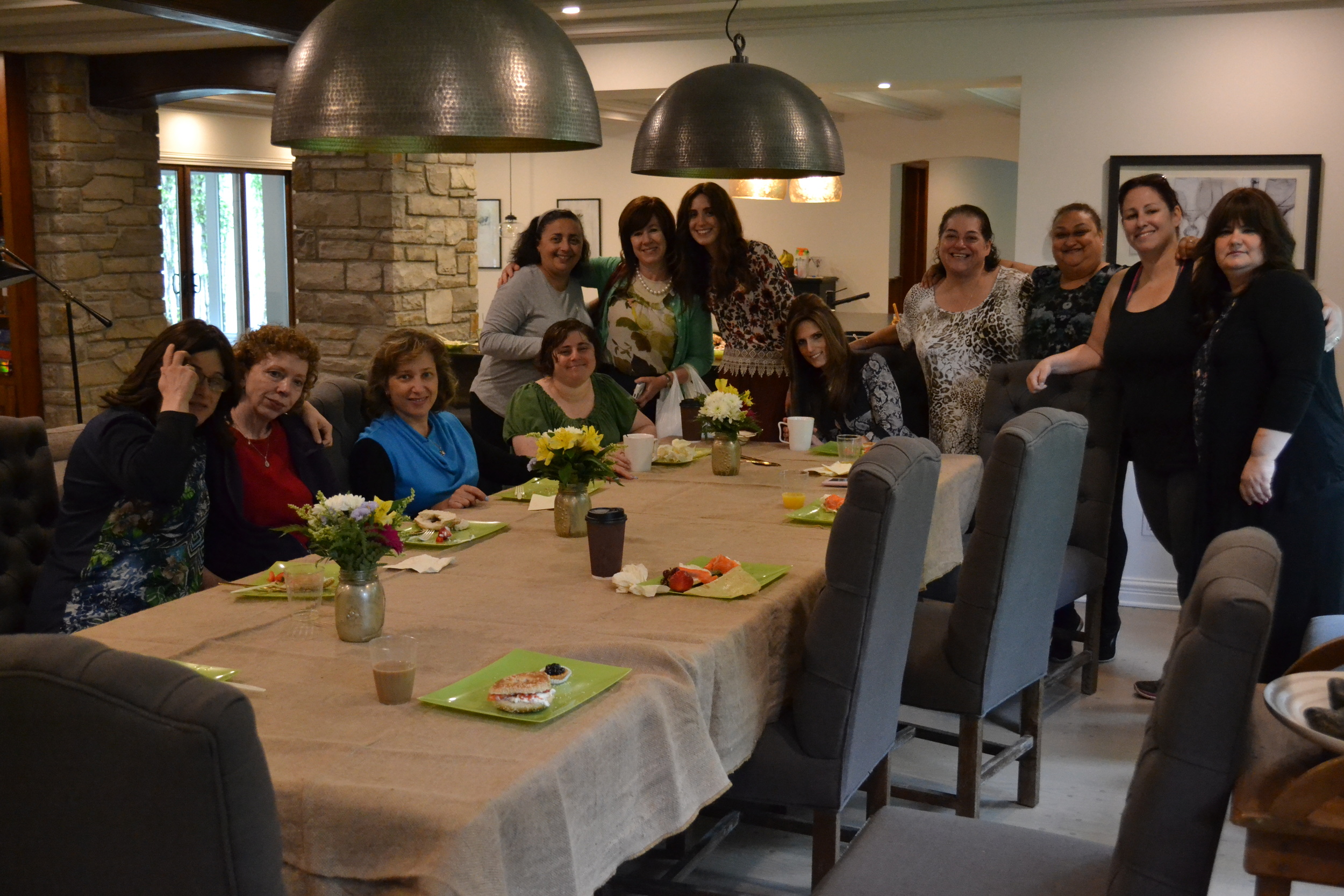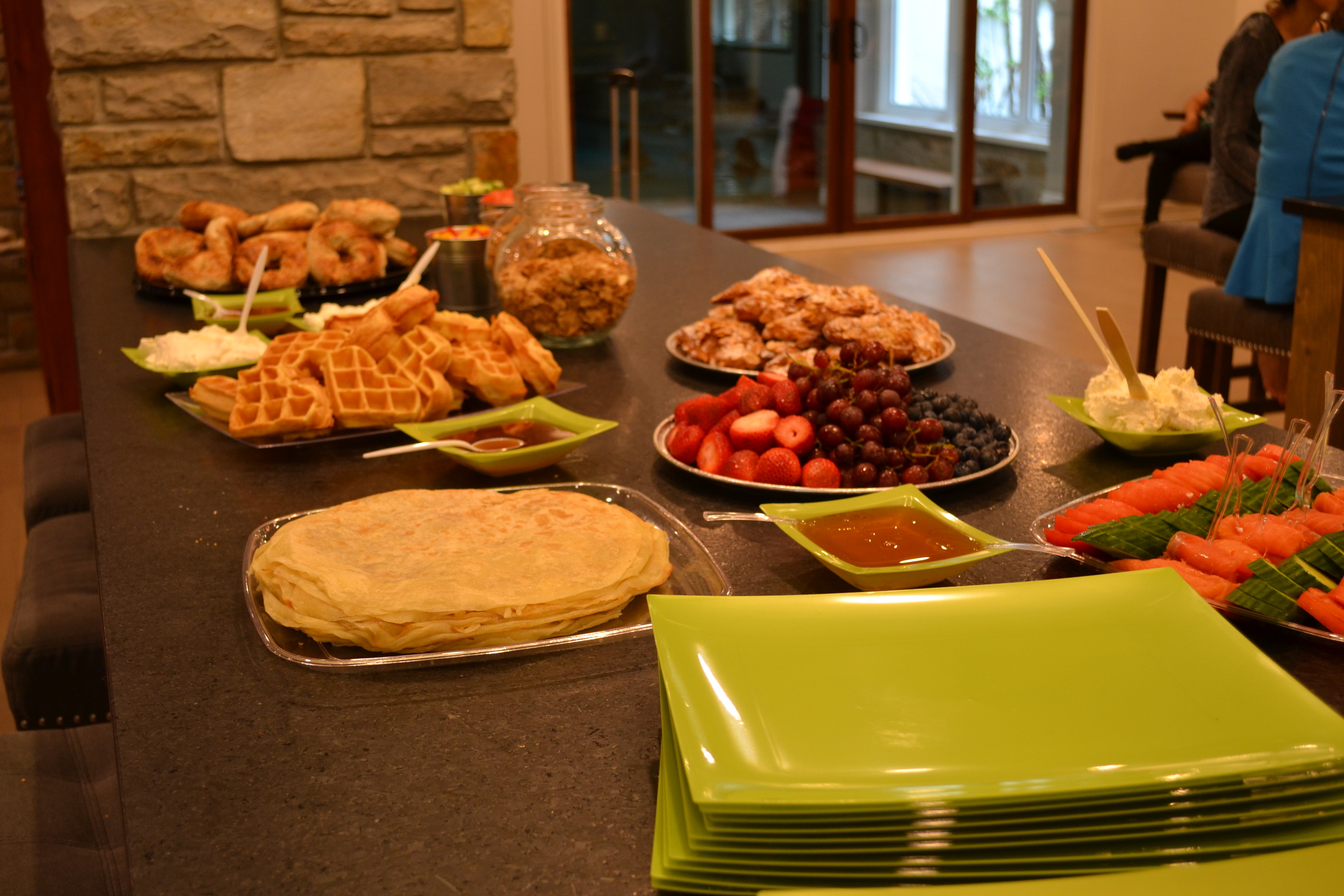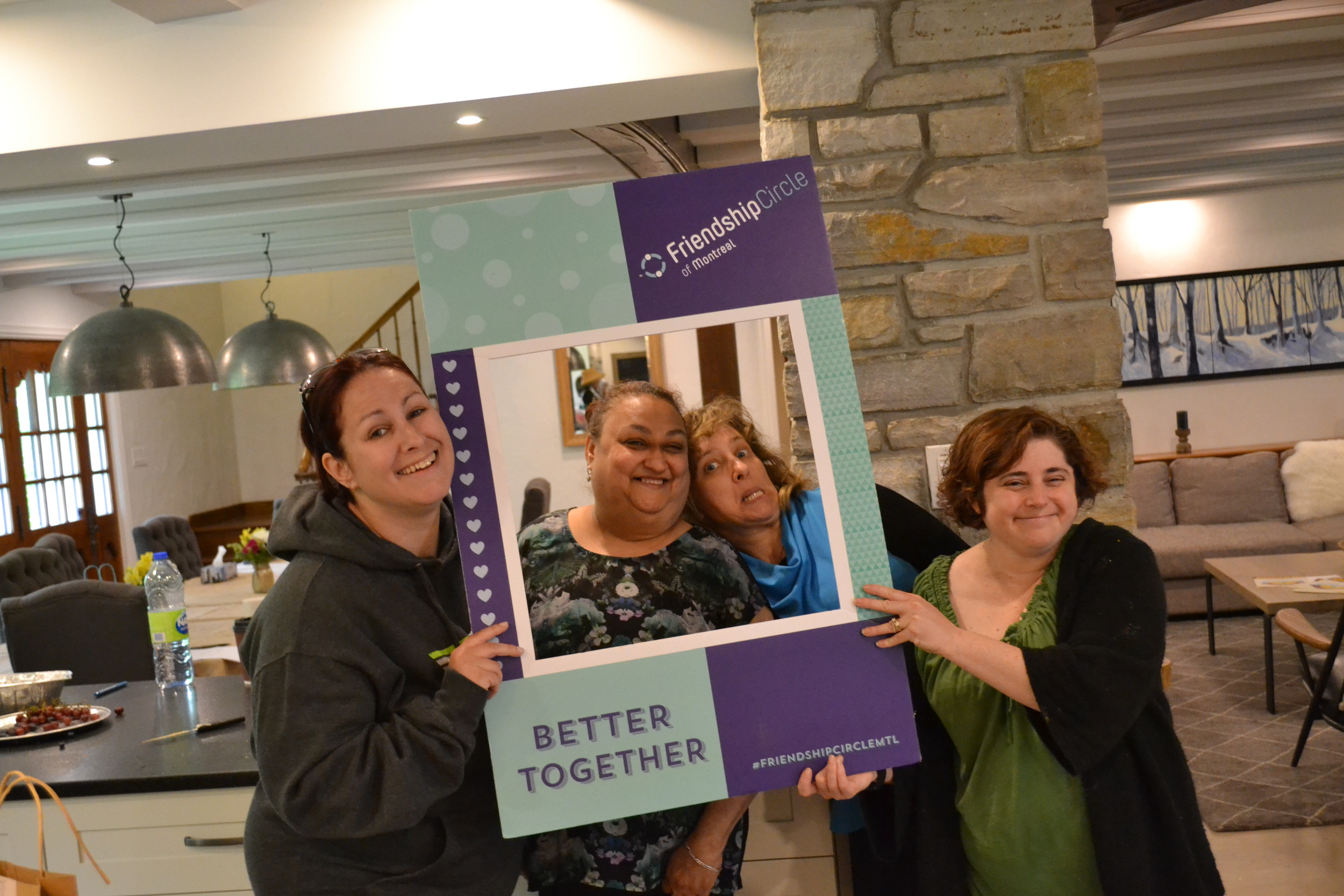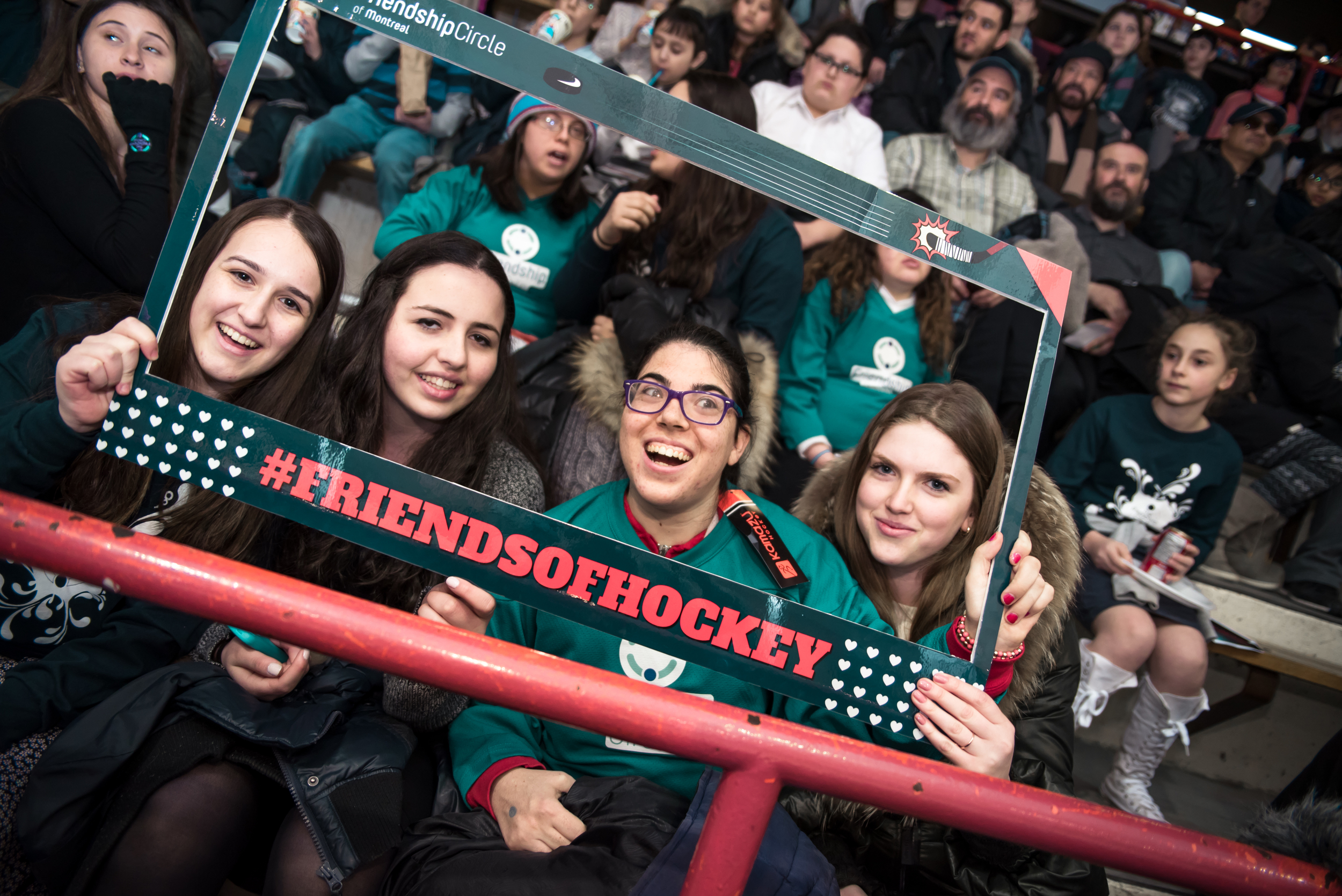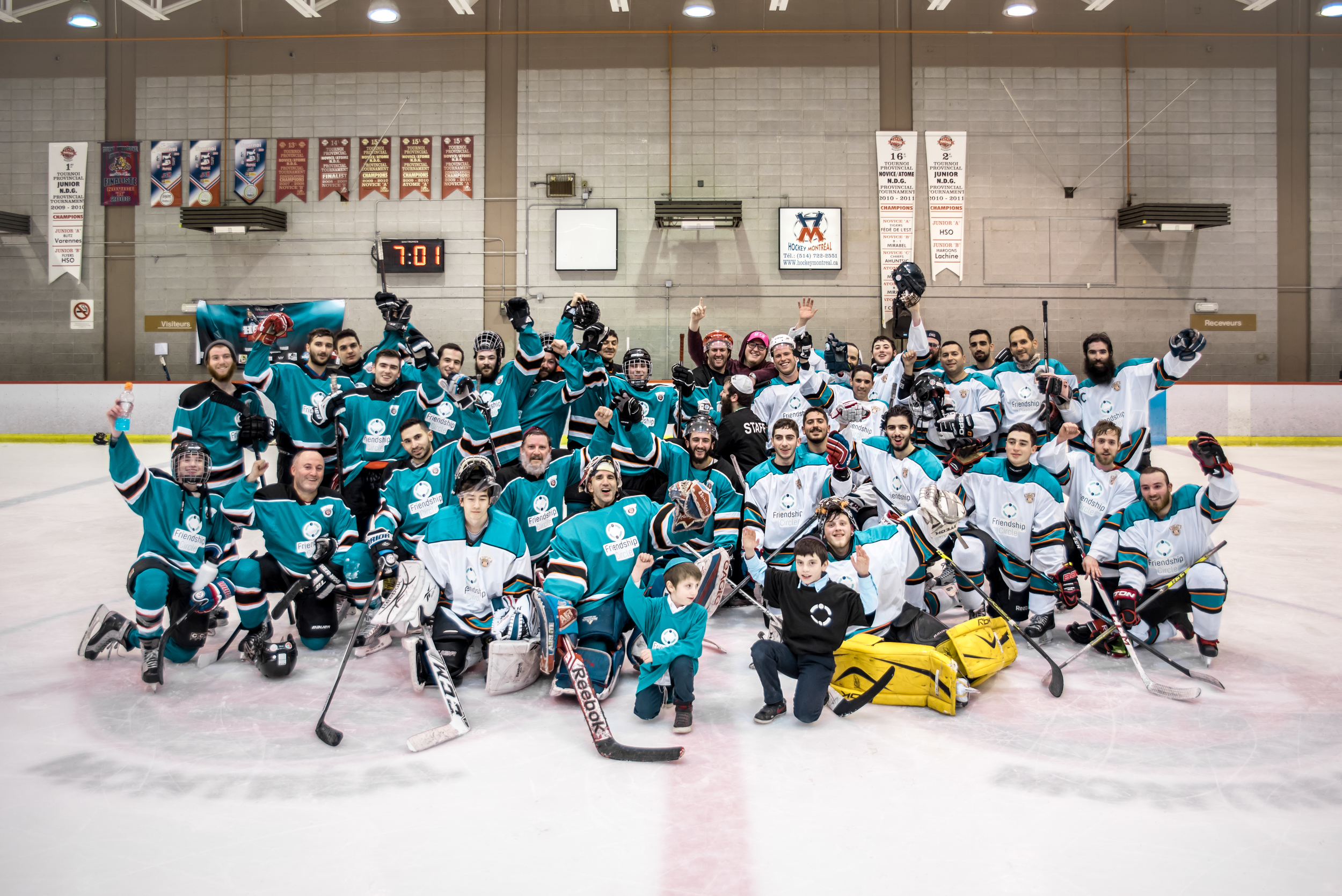Go to the gym, eat healthier, turn off the smartphone at dinner, spend more time with family…It’s that time of year when we take the opportunity to wipe our slate clean by making (and hopefully keeping) New Year’s resolutions.
As parents of kids with special needs, we need to be sure to take some time to focus on ourselves. If we’re not okay, our kids will suffer. It’s so common to put their needs first that we often neglect our own.
Sound familiar? Probably so, but for parents of children with special needs, there are a few exceptions, so I’ve included some variations on this list.
1. Cultivate new caregivers/backup babysitters
Our babysitter has been with us for years, and I’m dreading the day she graduates and gets a “real job.” I hope she doesn’t use me as a reference because I am afraid I might selfishly sabotage her future employment prospects.
No, I’m not really that mean; but if she were to get a job tomorrow, I’d be up that proverbial creek without a paddle. She is going to be hard to replace, and with no current prospects, I keep telling myself it’s time to start looking and try out other sitters so that when graduation day comes, we aren’t scrambling.
2. Organize your paperwork
My home office is filled with my son Evan’s paperwork. This includes eight years of medical records, Individualized Education Plans (IEPs) and behavior plans. There are articles about various autism therapies, sensory diets and other written information. Some files are organized, but most of the paperwork I’ve tossed into drawers with the intent of organizing it one day.
If you’re already organized, it might be fun to look through some of your files and see what’s changed over the years. Re-reading old paperwork is sure to bring back some memories.
Here’s a typical kid variation: If your child doesn’t have a paper trail as long as the Appalachian Trail, you can organize old photos or videos. How many are on your phone – unorganized and not backed up?
3. Try a new activity
Our kids tend to get stuck in ruts with activities, either because they are reluctant to try new ones or because we feel we just don’t have time. If you can, find a way to try something new, commit to doing it several times and then reevaluate the schedule.
I’ve always wanted Evan to experience therapeutic horseback riding but found a million excuses why we couldn’t. It’s too far, we don’t have any time and it’s probably too expensive. The thing is we could easily make time; it’s only a little farther than we’re used to driving and we could do it less frequently if cost becomes an issue.
4. Read (or listen to) a book about your child’s condition
When Evan was first diagnosed with autism, it felt like I read every book on the topic. While the drawers in my office are overflowing with his paperwork, the bookshelves are filled with books on autism. Ironically, I can’t even remember the last one I read. On my 2016 reading list is Temple Grandin’s newest, “The Loving Push: How Parents and Professionals Can Help Spectrum Kids Become Successful Adults.”
Typical kid variation: Read a book about parenting a tween, strong-willed kid or whatever topic applies to your situation.
5. Read a book that’s not about your child’s condition
Ok, so maybe you’re still in that phase where all you do is read about that one topic. What if you actually – wait for it – picked up a book and read it just for fun?
6. Re-evaluate therapies and/or therapists
Is it time to make a change? It’s hard not to develop a close relationship with your child’s therapists. They are such a huge part of your kid’s life and a valuable resource to you as a parent. Sometimes we get comfortable with a therapist and it’s hard to see beyond that comfort level.
Spend a few weeks reevaluating your child’s therapies and therapists. Beyond the personal connection, it’s hard to know when to end a therapy because progress can be hard to measure and there will always be something to work on. But ask yourself: Would a new therapist have something different to offer? If you took time off during the break, did you notice any changes? What does your therapist think? Ask the therapist to revisit goals to help you make a more informed decision.
7. Do something you think is selfish
I’m willing to bet it’s really not. You don’t have to be a special needs parent to feel guilty about putting you needs first every once in a while. Know when your tank is empty. Some days or weeks are harder than others. Know when you are at your wits’ end and do what you need to do to take care of yourself. Ask for help, have a brief pity party, do something you enjoy and then get back to being a parent.
8. Date night
When’s the last time you had one? Even if you can’t get out, plan an at-home date night. Actually, you don’t even have to plan one because here it is: dinner, a bottle of wine, candles and romantic music followed by a movie.
9. Get offline
The internet can be a horrible place for special needs parents, especially if your child is newly diagnosed. Don’t get me wrong, there is a lot of valuable information out there and fantastic support from other parents in similar situations. But, there is also a lot of misinformation, information overload and loads of negativity. Plus, if nothing else, being online can be a tremendously huge time sucker. Hours can go by, leaving you questioning where the evening went. Just put the device down (after you finish reading this, of course).
10. Get more sleep
Stop rolling your eyes. You really can do it. Going to bed just 15 minutes earlier will get you an hour and 45 minutes more sleep per week. Saying goodnight 20 minutes earlier gets you an extra two-and-a-half hours each week. Turn off the television, shut down the computer, forget the dishes and go to sleep. Grab your kid’s melatonin if you have to. It works.
11. Make or revise your estate plan
Parents never want to think about life for their kids after they die. But guess what? You absolutely have to because it’s something that is absolutely essential for your unique household. We special needs parents have a joke, only it’s not really a joke. We simply can’t die; EVER. With proper planning, at least, you get a say as to who will raise your child and how your assets will be distributed. If you already have a plan in place, when is the last time you looked at it? Does it still match your wishes? Have the laws changed since you made the plan?
12. Find a support group
Everyone needs a group of other parents who “get it.” When my oldest was born, I joined a group of first-time moms. We met regularly to hear speakers talk about pertinent issues. Those speakers were great, but the best part of the group was getting to know other moms who were parenting babies of the same age. We shared our successes and failures, as well as information and advice.
Today, some of my favorite people are the special needs moms I get to see regularly or who are a click away in a private Facebook group. We support each other. We laugh and cry together, and we troubleshoot when one of our kids is having an issue. Having these moms to turn to keeps me sane.
13. Don’t apologize for your special needs kid
You know you’re doing the best you can, and your child is doing their best, too. Most of the time you’ll find that no apology is necessary.
Here’s to 2016 bringing the best to you and your family. And, may your resolutions last beyond the end of January.
Happy New Year!















